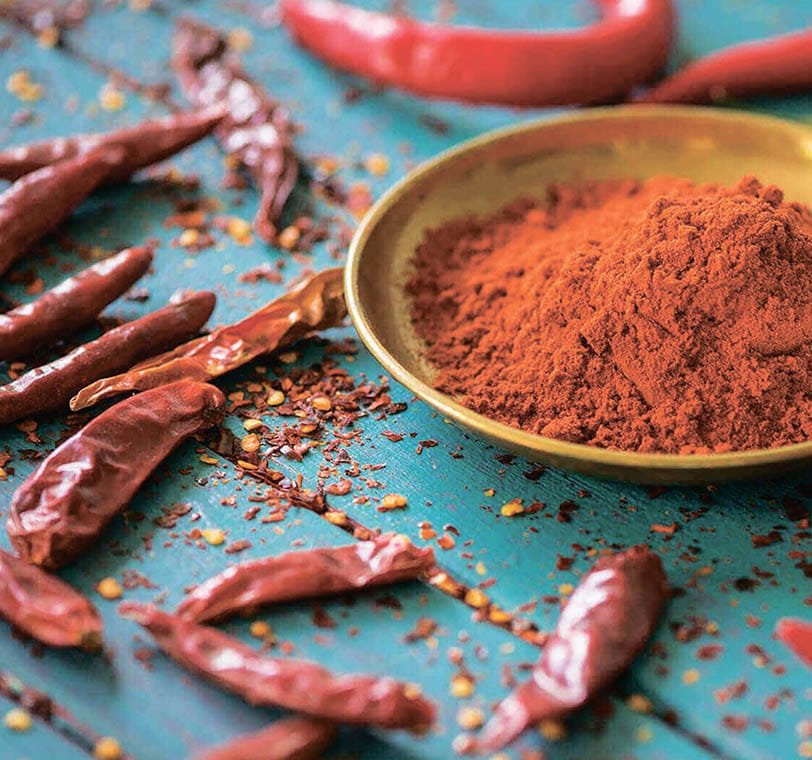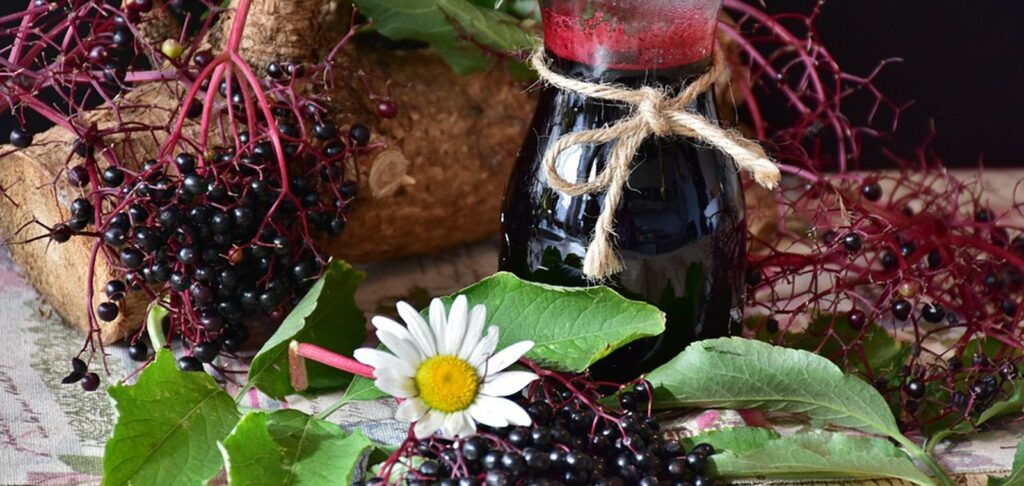
Everyone experiences heartburn from time to time, but some people suffer from it for months or even years. Night heartburn, which occurs during and sometimes interrupts sleep, and postprandial heartburn, which occurs after eating, bending over or lying down, are the main symptoms of gastroesophageal reflux disease. Since this disease is mainly treated with over-the-counter medications, it is pharmacists who are most often called upon to counsel patients with this condition.
Mechanism of disease development
Normally, food travels down the esophagus from the mouth and enters the stomach through the lower esophageal sphincter (also called the cardiac or gastroesophageal sphincter). The moment this happens, the sphincter relaxes to let the food through and then contracts again, keeping it inside. However, in some GI diseases, increased intra-abdominal pressure, decreased sphincter tone, or anatomical obstacles to proper closure (e.g., esophageal hernia), stomach contents can back up into the esophagus, causing gastroesophageal reflux disease (GERD).
An attack of GERD usually occurs after a meal and is manifested by heartburn and chest pain, sometimes radiating to the interscapular region, neck, lower jaw, left side of the chest. The disease may also be accompanied by coughing, excessive belching, a feeling of a foreign object in the throat, difficulty swallowing, bitter or sour taste in the mouth. Symptoms of GERD can worsen significantly at night, especially if you have a snack before going to bed, or during the day, when after a hearty meal a person decides to take a nap, because in a lying position hydrochloric acid is easier to penetrate the esophagus. They can also be aggravated by physical activity, in particular abdominal exercises or bending the torso. Risk factors are also considered to be:
- certain inflammatory diseases of the upper GI tract, which lead to increased acidity of gastric juice, impaired motility and food retention in the stomach;
- overweight, overeating and wearing tight clothing, which create increased intra-abdominal pressure;
- smoking and coffee consumption, as nicotine and caffeine additionally relax the cardiac sphincter;
- consumption of alcohol, carbonated drinks and some foods that irritate the esophagus and have a refluxogenic effect.
Treat and as soon as possible!
Gastroesophageal reflux disease is a very “popular” pathology. On average, it affects about 20% of the adult population. However, its prevalence is not uniform geographically. In Europe, it reaches 40%, but in Asian countries it is practically non-existent.
It is a bad idea to tolerate heartburn, which is the main symptom of GERD. This disease requires mandatory treatment. And not only because, according to research, it dramatically reduces physical activity, labor productivity, quality of sleep and overall quality of life, but also because of dangerous complications. The most common of them is esophagitis – inflammation of the esophageal mucosa. If its treatment starts late and the disease progresses, scarring of the esophagus occurs, which eventually leads to its stricture (narrowing). In 5-30% of patients with esophagitis, the so-called Barrett’s syndrome develops: the normal squamous multilayered epithelium is replaced by cylindrical epithelium. This condition is considered precancerous and is associated with adenocarcinoma of the lower third of the esophagus, which is one of the fastest growing cancers, for example in the United States. In addition, it has also been observed that GERD also increases the risk of throat cancer.
Breathing exercises for GERD Diaphragmatic breathing is an uncomplicated practice that clinical studies show significantly alleviates symptoms in patients with GERD. It trains the diaphragmatic muscle surrounding the lower esophageal sphincter, stimulates the vagus nerve and the parasympathetic branch of the autonomic nervous system, and reduces belching and heartburn. It is very easy to master this technique. Lie on your back with small pillows under your head and knees. Place one hand on the upper part of the chest and the other on the abdomen, just below the rib cage. Then you should take a deep and slow breath (3-4 counts), making sure that the hand on the chest remains as still as possible, and the hand on the abdomen, on the contrary, rises as much as possible. Here it is useful to imagine that you are filling a balloon located in the abdomen. After inflating your abdomen, begin to exhale even more slowly (6-8 counts). Put your lips together as if you were going to whistle and try to push the air out with your abdominal muscles. At the same time, the hand on the chest should remain practically motionless. Repeat this exercise 3-4 times a day for 5-10 minutes, gradually increasing the amount of time and increasing the load, for example, by putting a book on your stomach.
Non-pharmacological methods
The goals of GERD treatment are to relieve or eliminate symptoms, reduce the number of recurrences and their duration, and prevent the development of complications. However, before recommending any over-the-counter medications to treat dyspepsia and heartburn, pharmacists should communicate the existence of nonpharmacologic strategies to reduce the severity of GERD symptoms. These include:
- lifestyle changes – smoking cessation, alcohol consumption, weight reduction;
- diet correction: complete refusal or significant reduction of refluxogenic foods in the diet;
- changing the diet – eat small portions, with a break of 15-20 minutes between meals; do not eat later than 3-4 hours before bedtime;
- Exclusion of physical activity associated with increased intra-abdominal pressure;
- updating the closet: refusal of tight clothes, corsets, belts, belts;
- rest and sleep on high pillows (when the body is in a horizontal position, the head should be raised at least 20 cm);
- performing diaphragmatic breathing exercises.
Drug therapy
Drug treatment for GERD includes over-the-counter alginate preparations that mechanically prevent the gastric contents from flowing into the esophagus, antacids that reduce the acidity of gastric juice, or stronger drugs that inhibit the formation of hydrochloric acid, such as H2-histamine receptor blockers and proton pump inhibitors.
Sometimes prokinetics, such as domperidone or metoclopramide, are prescribed to normalize GI motility, but these drugs are not recommended for more than 5 days. Pantothenic acid (vitamin B5), which restores the mucous membranes and promotes faster excretion of food from the stomach, and methylmethionine sulfonium chloride (sometimes called vitamin U), which reduces gastric secretion and provides an analgesic effect, can supplement the treatment scheme.
Of non-traditional remedies for GERD, licorice root is useful. Its extract accelerates the healing process of the mucous membrane of the esophagus and stomach, and also restores acid balance. Licorice root contains glycyrrhizic acid, which is responsible for its anti-inflammatory and immunostimulant properties.
What to consider
Because GERD treatment is long term, factors such as cost, contraindications, potential drug interactions, frequency of medication use, and their ability to cause nutritional deficiencies should be considered when selecting OTC medications. For example, proton pump inhibitors (PPIs), which are most commonly used to treat GERD, increase the risk of kidney damage, arrhythmias and myocardial infarction, osteoporotic fractures, pneumonia, and pseudomembranous colitis caused by Clostridium difficile bacteria. In addition, with prolonged use (and the initial course of therapy for uncomplicated GERD averages 8 months), they cause magnesium and vitamin B12 deficiency. Therefore, as a supplement to PPIs, the pharmacist can offer a vitamin and mineral complex with these components to the pharmacy client.
People with long-term complications of GERD, such as erosive esophagitis or Barrett’s syndrome, have to take drugs that suppress gastric secretion for years. In such cases, the risk of side effects can be reduced by taking PPIs as needed or alternating these drugs with H2-histamine receptor blockers.
It should be emphasized that children, adolescents and pregnant women should consult a doctor before starting treatment for GERD. It is also necessary for those who, after 2 weeks of treatment, do not feel any relief and do not notice a decrease in symptoms. According to statistics, resistant, i.e. insensitive to drug therapy, GERD is observed in about one in four patients. To alleviate the condition of such people will help to change diet and lifestyle, and in some cases – surgery, for example, the installation of a ring of neodymium magnets between the stomach and esophagus to strengthen the locking properties of the cardiac sphincter.
Careful, refluxogenic!
Drinks and food that cause acid reflux are called refluxogenic. Of course, refusal of them will not eliminate the violation of the lower esophageal sphincter, which is the main mechanism of the disease, but still significantly alleviate the patient’s condition and serve as a prevention of complications of GERD.
- Fatty foods slow down gastric emptying. They cause mechanical distension and increase pressure on the lower esophageal sphincter.
- Spicy foods (e.g., chili peppers, mustard, wasabi) contribute to GERD symptoms by activating the non-selective cation channel TRPV1, resulting in a painful burning sensation.
- Citrus fruits and juices cause direct irritation of the esophagus. They contain citric acid, which, although low in pH, damages the inflamed mucosa.
- Onion crops, including garlic, are very refluxogenic in their raw form. The mechanism of their action is not fully understood, but experts suggest that they weaken the lower esophageal sphincter and, in addition, contain a lot of fructose, which also indirectly contributes to GERD.
- Tomatoes can cause GERD exacerbation through direct irritation of the esophagus due to their acidity. Studies show that tomato juice, even with a neutral pH, also causes symptoms of this disease.
- Chocolate contains theobromine, a stimulant structurally similar to caffeine. Like caffeine, it relaxes the cardiac sphincter, causing reflux.
- Peppermint, a plant source of menthol, is commonly found in candy, chewing gum, tea and some other beverages. It also increases the likelihood of heartburn.
- Carbonated beverages cause distension of the stomach and reduce sphincter tone because they often contain citric and phosphoric acid, caffeine, and other additives that can have a synergistic effect on reflux.
- Alcohol contributes to the risk of GERD for several reasons. It directly irritates the esophagus, reduces its motility, and negatively affects the function of the lower esophageal sphincter. In addition, its metabolite acetaldehyde is a direct irritant of the mucous membranes of the stomach and esophagus.



